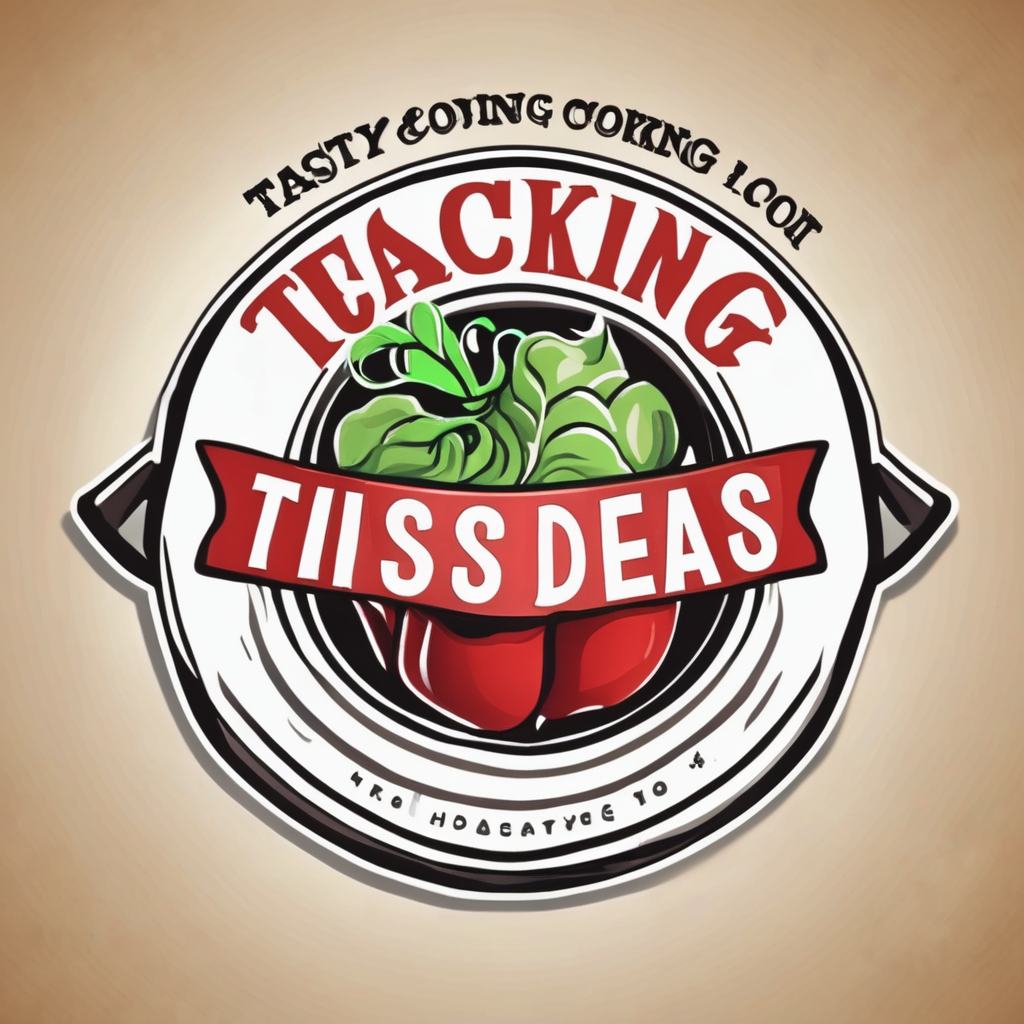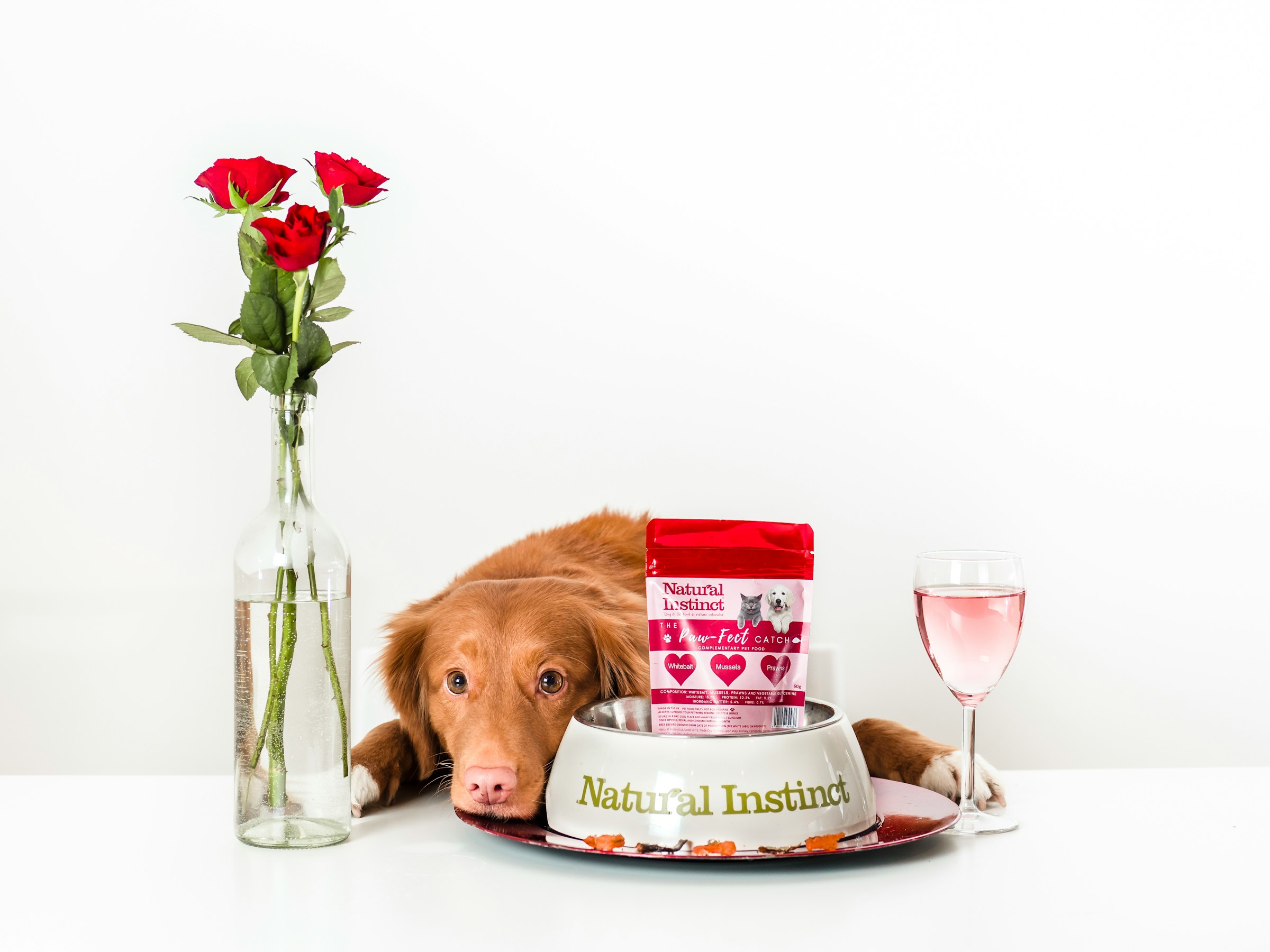As pet owners, you understand the importance of creating a space where your beloved pets feel as comfortable as you do. A pet feeding station is one such essential facility, but the question arises – how to integrate it into your existing kitchen design seamlessly? This article will guide you through the process, considering all aspects from storage and food safety to aesthetics and durability.
Kitchen Cabinets: Not Just for People Food Anymore
The first place to consider when incorporating a pet feeding station into your kitchen design is the cabinets. Not only do they offer excellent storage for pet food and supplies, but their flexible design allows for easy customization to your pet’s specific needs.
Additional reading : What advanced features to look for in a smart refrigerator?
Here’s a tip: Consider turning a lower cabinet into a pet feeding station. A custom pull-out drawer can be equipped with built-in bowls for food and water, ensuring a neat and mess-free feeding area. If you’re worried about spills, opt for a design with a waterproof tray to catch any drips or spills. This design not only makes meal times easier for your pets but also keeps your kitchen clean and tidy.
If you don’t wish to modify your existing cabinets, think about installing a new cabinet designed specifically for pet feeding. Numerous contractors and companies specialize in custom pet feeding cabinets, many of their designs showcased on platforms like Houzz, ensuring that you can find a design that matches your kitchen’s aesthetic.
Also read : What are the most effective anti-slip flooring options for kitchens?
Bathroom or Kitchen: Making the Right Room Choice
You might be wondering why the bathroom is being mentioned in a discussion about kitchen design. Well, the fact is, some pet owners prefer to place their pet feeding stations in the bathroom rather than the kitchen. The reasoning is simple: bathrooms are often easier to clean and pets are less likely to be disturbed during meal times.
However, integrating a pet feeding station into your kitchen design can be just as advantageous. The kitchen is typically the heart of the home, a space where everyone, including your pets, gather. Feeding your pets in the kitchen allows you to keep an eye on them while you’re preparing your meals or cleaning up. It’s also more convenient as pet food and supplies can be stored in the kitchen cabinets, close to where your pets eat.
Designing a Pet-Friendly Kitchen Landscape
The kitchen is a bustling space, filled with potential hazards for curious pets. Therefore, when incorporating a pet feeding station into your kitchen design, you must consider the overall landscape of the room. Ensure the feeding station is away from high-traffic areas to avoid accidents or spills.
Also, consider your pet’s feeding habits. If your dog enjoys a post-meal nap, think about adding a pet bed or a designated rest area near the feeding station. If your cat likes to watch the world go by while eating, a feeding station near a window might be a perfect choice.
Storage Solutions for a Pet-Friendly Kitchen Design
Storage is an integral part of any kitchen design, and when you’re integrating a pet feeding station, it becomes even more crucial. Pet food, treats, toys, and other supplies need to be stored in a manner that is both convenient for you and safe for your pets.
Designate specific cabinets for pet food storage, ideally close to the feeding station. This makes meal time easier and more efficient. Consider using airtight containers for pet food to maintain freshness and prevent any odors from permeating your kitchen.
Moreover, don’t forget about storing pet toys, leashes, and grooming supplies. Baskets or bins can be used to keep these items organized and easily accessible. Or, you might want to consider adding additional custom cabinets or shelves for these items if space allows.
The Aesthetics of a Pet Feeding Station
Lastly, while functionality is essential, the aesthetics of your pet feeding station shouldn’t be ignored. Your pet station should blend seamlessly into your kitchen design. Choose materials and finishes that complement your existing kitchen decor. From the cabinetry to the pet bowls, every element should contribute to the overall look and feel of your kitchen.
Consider custom bowls that match your kitchen’s color scheme. There are numerous options available on the market today, from ceramic and stainless steel to glass. You could even consider personalizing your pet’s bowls with their names for that extra special touch.
Remember, integrating a pet feeding station into your kitchen doesn’t mean compromising on style. With careful planning and design, you can create a feeding station that not only meets your pet’s needs but also enhances your kitchen aesthetics.
Integrating a pet feeding station into your kitchen design requires thoughtful planning, but the result is a space that caters to the needs of all family members, including your four-legged ones. Whether you’re planning a kitchen remodel or just looking for ways to make your current space more pet-friendly, these tips can help you create a kitchen design that is functional, stylish, and pet-approved.
Pet Feeding Stations: A Blend of Functionality and Style
Integrating a pet feeding station into your kitchen design brings together functionality and style. There is no need to compromise on aesthetics. With careful planning, you can create a pet-friendly space that not only caters to the needs of your furry friends but also enhances the overall appeal of your kitchen.
Select materials and finishes that complement your existing kitchen decor. For instance, if your kitchen features a monochromatic color scheme, opt for pet bowls that align with this theme. There are a variety of options available on the market today, including glass, ceramic, and stainless steel bowls. To add a personal touch, consider customizing your pet’s bowls with their names.
Furthermore, don’t forget about lighting. Good lighting is essential in any kitchen design, and a pet feeding station is no exception. Consider installing outdoor lighting if your feeding station is near a window, or consider wall lighting if the station is placed against a wall. This will not only enhance visibility but also contribute to the aesthetic appeal of your kitchen.
Remember, the key to a successful pet feeding station is a proper balance between functionality and style. With careful planning and thoughtful design, a pet feeding station can be a stylish yet practical addition to your kitchen.
Conclusion: Creating a Pet-Friendly Kitchen Dining Experience
Incorporating a pet feeding station into your kitchen design is a thoughtful way to cater to the needs of your four-legged family members. Regardless of whether your pet’s feeding station is in the kitchen, laundry room, or even in the bathroom vanity area, it should be a space that is safe, convenient, and comfortable for your pet.
A well-designed pet feeding station provides a neat and organized space for pet food, treats, toys, and supplies. Moreover, it allows for easy cleaning and maintenance, making meal times a hassle-free experience for both you and your pet.
Additionally, a pet feeding station is more than just a functional element in your kitchen. It is a design feature that can enhance the aesthetic appeal of your space. From the choice of materials and finishes to the selection of pet bowls and accessories, every detail contributes to the overall look and feel of your kitchen.
In summary, integrating a pet feeding station into your kitchen design is a win-win situation. Not only does it meet the needs of your pet, but it also adds a unique element to your kitchen decor. Whether you’re planning a kitchen remodel or just looking to make your existing space more pet-friendly, these tips should guide you in the right direction. With a bit of creativity and planning, you can design a kitchen that is truly a haven for all family members, both two-legged and four-legged.






